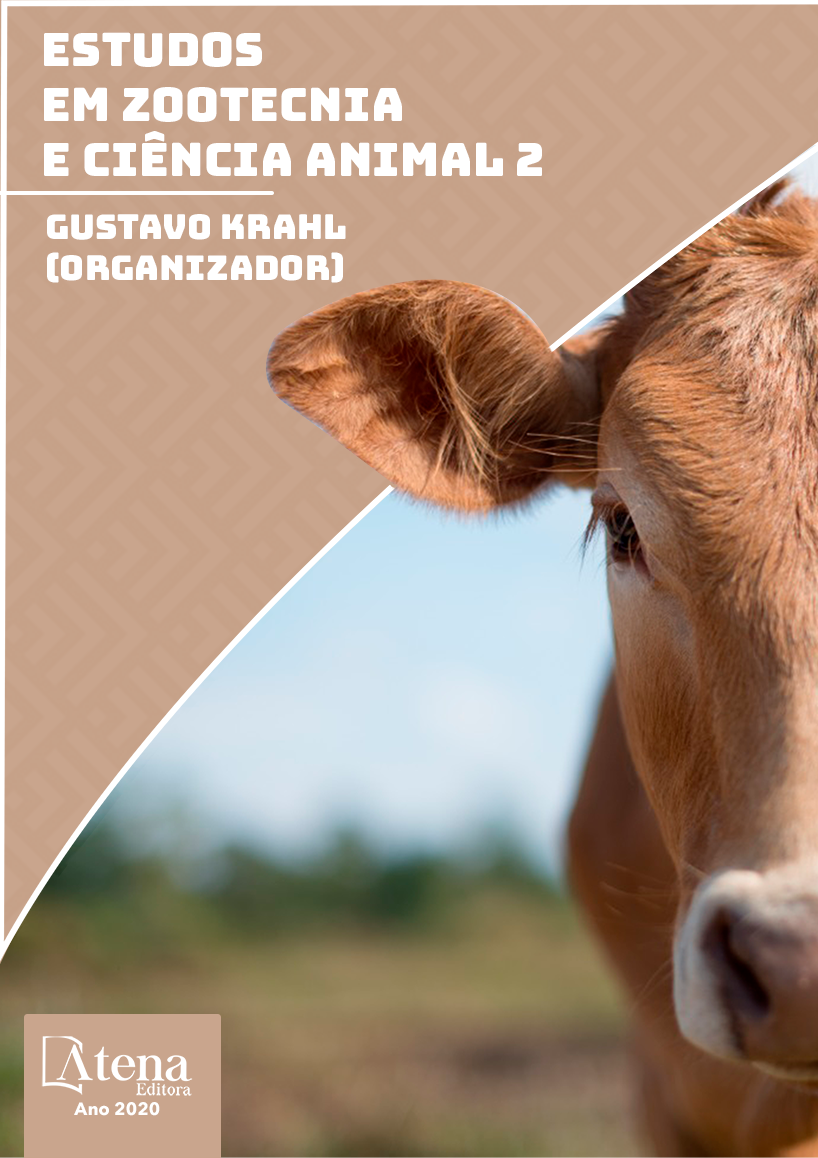
INDICADORES DE CUSTOS NA TERMINAÇÃO DE CORDEIROS EM DIFERENTES SISTEMAS DE PRODUÇÃO
O monitoramento dos indicadores de custos é uma importante ferramenta para auxiliar os produtores rurais na tomada de decisão. Assim, o objetivo foi verificar os indicadores de custos na terminação de cordeiros. O experimento foi realizado na UTFPR, Campus Dois Vizinhos – PR. Utilizaram-se 24 cordeiros não castrados, mestiços Dorper e Santa Inês, em delineamento experimental inteiramente casualizado, com 3 tratamentos e 8 repetições. Os tratamentos consistiram em: pastagem de Aruana sem sombreamento; pastagem de Aruana, com sombreamento; e confinamento. Nos sistemas a pasto foi fornecida suplementação de 1,5% em relação ao peso vivo (PV). O abate procedeu-se quando os cordeiros alcançaram os 40 kg de PV. Após, foi realizada a secção dos cortes da carcaça e seus valores foram obtidos no comércio local. Para a análise dos custos durante a terminação, considerou-se a implantação e manutenção dos sistemas de produção; aquisição e transporte dos animais; custos de abate; assistência técnica; mão de-obra-fixa e temporária; alimentação; medicamentos; energia elétrica; depreciações; anuidade sindicato rural; custo de oportunidade do capital investido e da terra. O confinamento apresentou os maiores investimentos para a implantação (R$ 31.495,56) e custo operacional total (R$6.823,34). A maior remuneração foi no silvipastoril (R$ 5.833,06), devido a comercialização da produção de madeira entre o início e final do experimento. Isso resultou na menor margem líquida negativa (-R$ 229,63) em comparação aos demais sistemas de produção. A margem de lucro foi negativa nos diferentes sistemas de produção, apresentando dificuldades econômicas em saldar seus respectivos custos inerentes à fase de terminação dos cordeiros.
INDICADORES DE CUSTOS NA TERMINAÇÃO DE CORDEIROS EM DIFERENTES SISTEMAS DE PRODUÇÃO
-
DOI: 10.22533/at.ed.12420240424
-
Palavras-chave: silvipastoril, pastagem de aruana, confinamento, ovinocultura
-
Keywords: silvipastoral, pasture of aruana, feedlot, sheep
-
Abstract:
Monitoring of cost indicators is an important tool to assist rural producers in decision-making. Thus, the objective was to verify the cost indicators in the finishing of lambs. The experiment was carried out at UTFPR, Campus Dois Vizinhos - PR. Twenty-four non-castrated Dorper x Santa Inês crossbred lambs (n=24) were used, in a completely randomized experimental design with 3 treatments and 8 replicates. The treatments consisted of: Aruana pasture without shade; Aruana pasture with shading; and feedlot. In systems a pasto was used food supplementation of 1.5% in relation to the live weight (PV). The slaughter was carried when the lambs reached the pre-set slaughter live weightof 40 kg of PV. Subsequently, the carcass cuts were obtained and their commercial values were verified in the local market. For an analysis of the costs during the termination, it was considered the implantation and maintenance of the production systems; purchase and transport of animals; slaughtering costs; technical assistance; fixed and temporary work; supplementation of food; medicines; electricity; depreciation; rural syndicate annuity; opportunity cost of invested capital and land. The greater capital for implementation was on feedlot it (R$ 31,495.56) and the cost total operational total (R$ 6,823.34). The highest remuneration it was on silvipastoral (R$ 5,833.06), due to the commercialization of the wood between the beginning and end of the experiment. This resulted in a lower negative net margin (-R$ 229.63) compared to the other production systems. The profit margin was negative in the different production systems, presenting economic difficulties in paying their respective costs inherent to the finishing phase of the lambs.
-
Número de páginas: 18
- Bruna Martins de Menezes
- Arthur Fernandes Bettencourt
- Bento Martins de Menezes Bisneto
- Francisco Antônio Piran Filho
- Patricia Franzosi
- Angélica Pereira dos Santos Pinho
- Vicente de Paulo Macedo
- DANIEL GONçALVES DA SILVA


